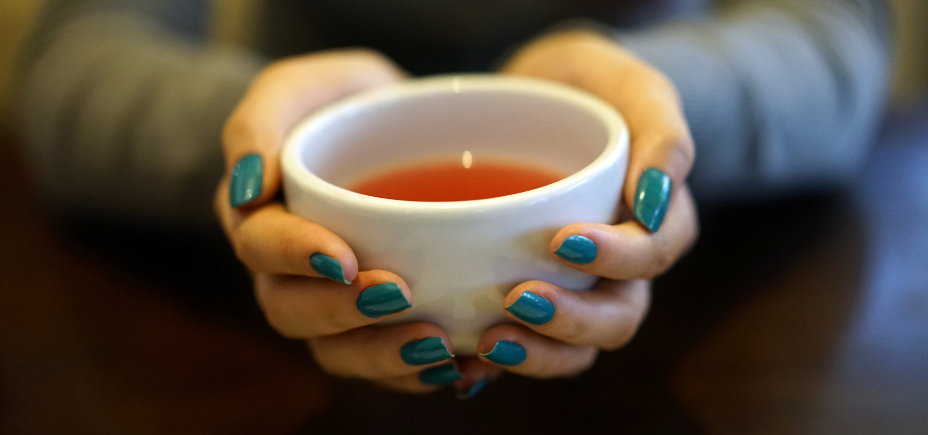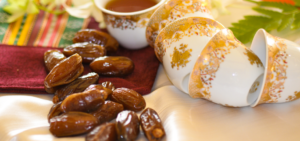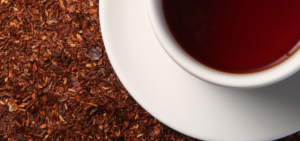Tea has been a beloved beverage for centuries, enjoyed by people from all over the world for its taste, aroma, and numerous health benefits. However, tea is not just a drink; it is a cultural phenomenon that has been shaped by the history, geography, and traditions of different countries and regions. In this article, we will explore the rich and diverse tea cultures that exist around the world, from the elaborate tea ceremonies of Japan to the bold and spicy chai teas of India.
Table of Contents
Introduction: What are tea cultures?
Tea cultures refer to the various customs, rituals, and practices associated with the consumption of tea in different parts of the world. Tea has been an integral part of many cultures for centuries, and its preparation, serving, and consumption have been imbued with deep symbolism and significance. In this article, we will examine the key aspects of tea cultures, including their origins, history, unique features, and modern-day relevance.
The Origins and History of Tea Cultures
Tea drinking has a long and fascinating history, dating back to ancient China over 5000 years ago. Legend has it that tea was discovered by the legendary emperor Shennong, who observed tea leaves falling into his cup of boiling water. From there, tea spread across China and eventually to other parts of the world, including Japan, India, and the West. Each region developed its own unique tea culture, influenced by factors such as climate, geography, religion, and social customs.
China: The Birthplace of Tea Culture
China is widely regarded as the birthplace of tea culture, and it has a rich and complex history of tea drinking traditions. Chinese tea culture encompasses a wide range of styles and practices, including the elaborate Gongfu tea ceremony, which involves the precise preparation and serving of tea in small cups. Other popular Chinese teas include the delicate and floral green tea, the robust and earthy Pu-erh tea, and the fragrant and fruity Oolong tea.
Japan: The Art of Tea Ceremony
Japan has its own unique tea culture, which is characterized by the Zen-inspired tea ceremony known as Chanoyu. This highly ritualized practice involves the preparation and serving of Matcha, a powdered green tea, in a serene and tranquil setting. The tea ceremony is seen as a way to cultivate mindfulness, appreciation of beauty, and a sense of harmony with nature.
India: The Spices of Chai
In India, tea is known as chai, and it is an essential part of daily life for millions of people. Indian chai is a rich and flavorful blend of black tea, milk, and spices, such as cardamom, cinnamon, ginger, and cloves. Chai is traditionally served in small glasses known as chai cups, and it is often enjoyed with snacks or sweets. In India, chai is more than just a drink; it is a symbol of hospitality, friendship, and community.
The West: A Global Tea Culture
Tea has been an integral part of Western culture for centuries, and it has been enjoyed in various forms, from the elegant afternoon tea rituals of the British aristocracy to the hearty iced tea of the American South. In recent years, the West has also embraced the health benefits of tea, leading to a surge in popularity for herbal teas, such as chamomile, peppermint, and rooibos.
The Significance of Tea Cultures Today
Despite the many differences in tea cultures around the world, they all share a common theme: the celebration of life’s simple pleasures. Tea drinking is seen as a way to slow down, savor the moment, and connect with others.
In today’s fast-paced and hectic world, tea culture has taken on a new significance, as more and more people are turning to tea as a way to cope with stress, improve their health, and cultivate a sense of mindfulness. Tea has been found to have numerous health benefits, including reducing the risk of heart disease, cancer, and dementia. Additionally, the act of brewing and sipping tea can be a meditative and relaxing practice that can help to reduce anxiety and promote mental clarity.
Conclusion: The Diversity and Beauty of Tea Cultures
Tea is much more than just a beverage; it is a symbol of tradition, culture, and community. Whether you prefer the delicate flavors of green tea or the bold spices of chai, there is a tea culture out there for everyone. By exploring the rich history and diverse customs of tea drinking around the world, we can gain a deeper appreciation for this beloved drink and the many ways in which it enriches our lives.


